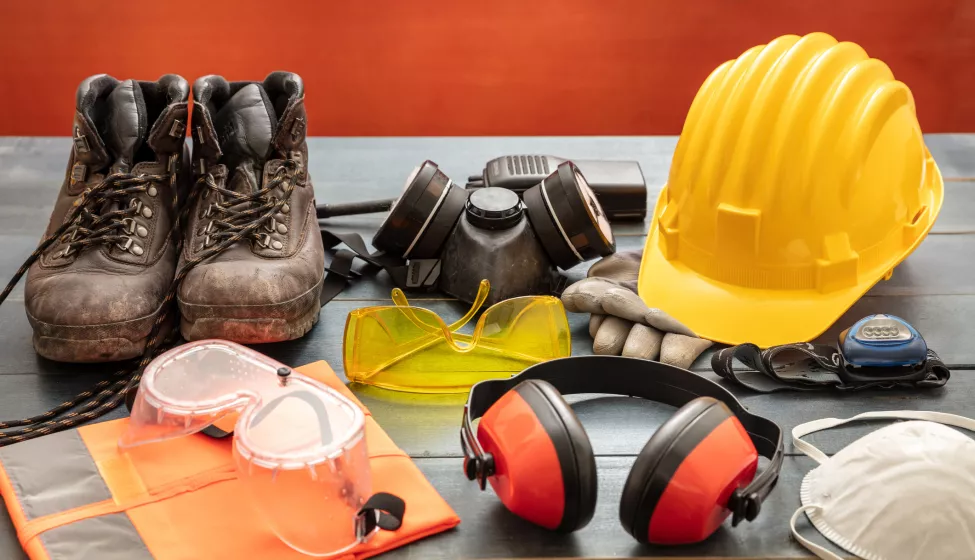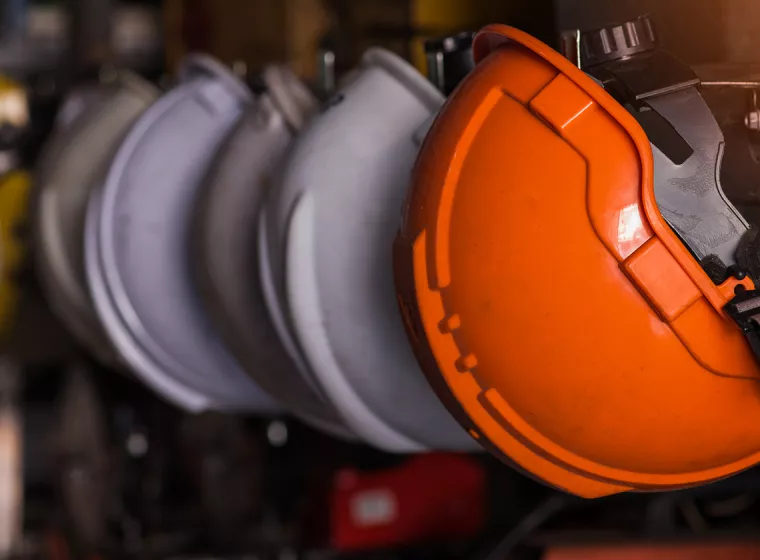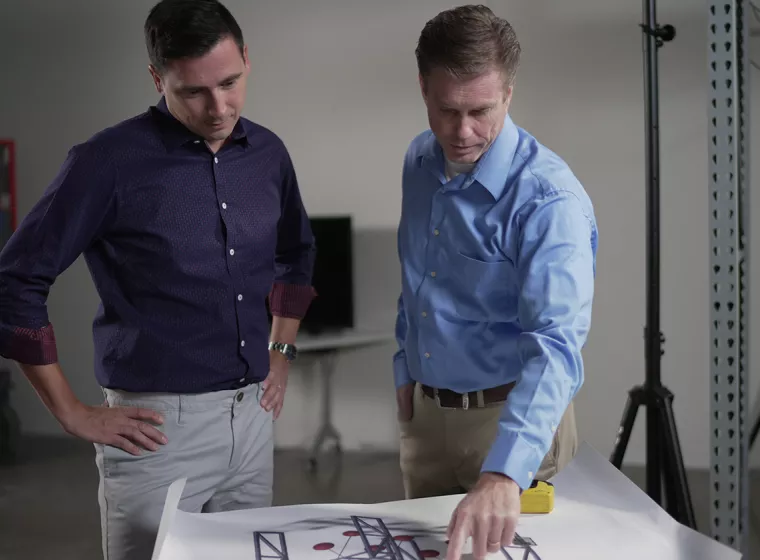February 7, 2025
New Occupational Safety and Health Administration regulation targets personal protective equipment for the construction industry
Last month, the Occupational Safety and Health Administration finalized a rule requiring proper fit of personal protective equipment (PPE) for the construction industry. The new regulation took effect on Jan. 13.
According to the new regulation, not only must employers ensure that all PPE used "is of safe design and construction for the work to be performed," but they are also required to ensure that the PPE selected "properly fits each affected employee."
The prior regulation, 29 CFR 1926.95(c), stated only that the PPE shall be of "safe design and construction for the work to be performed." The new revision requiring proper fit aligns with the language used in OSHA's regulations for general industry and shipyards.
"PPE must fit properly to provide appropriate protection to employees from workplace hazards," states the new regulation. "Improperly fitting PPE may fail to provide any protection to an employee, reduce the effectiveness of protection, present additional hazards, or discourage employees from using such equipment in the workplace."
The associated final rule for the new regulation is available for review and download at the Federal Register.
The importance of proper fit in PPE
OSHA requires that employers provide PPE when necessary to protect employees from job-related injuries and illnesses. According to OSHA, PPE such as hard hats, gloves, goggles, fall arrest harnesses, and safety shoes must fit properly to provide the appropriate level of protection to employees from workplace hazards. Additionally, currently available standard-size PPE may not properly fit all members of the workforce, especially those who are smaller, in particular women, or larger than the norm.
For these workers or others using ill-fitting PPE, the PPE may provide either no protection or only limited protection. The PPE may even expose them to additional hazards, such as trips and falls, or contribute to improper use of tools or equipment. Improperly fitting PPE can also be uncomfortable for the wearer, which in turn can lead workers to modify or disregard the PPE and thereby become exposed to a hazard.
OSHA's definition of "properly fit"
The revised OSHA regulation did not define "properly fit," nor was the phrase defined in the general industry regulation (29 CFR 1910.132(d)(1)(iii)) or the shipyard industry regulation (29 CFR 1915.152(b)(3)), which both state: "[s]elect PPE that properly fits each affected employee." Some of the comments received by OSHA in response to the proposed rule change highlighted the lack of definition for this phrase.
In response, OSHA stated in the final rule that the "general industry had no issue understanding the phrase 'properly fits' with regard to PPE." It is OSHA's position that the phrase "properly fit" means "the PPE is the appropriate size to provide an employee with the necessary protection from hazards, and does not create additional safety and health hazards arising from being either too small or too large."
Impact of OSHA's PPE rule on the construction industry
OSHA estimated the costs associated with compliance to the new regulation accounting for the time employers may spend familiarizing themselves with the updated rule and acquiring "proper fit" PPE. Additionally, OSHA performed a sensitivity analysis showing that, as a worst-case scenario, if no employers were previously providing properly fitting PPE for employees who required non-standard sizes, and if each employee required four replacement PPE items, the total one-time cost to the construction industry would be approximately $11.1 million.
OSHA will enforce the revised requirement in the same manner it has been applied across other industries, relying on existing enforcement guidance already established for those sectors. In addition to OSHA guidance, employers can also refer to consensus standards and manufacturer instructions to ensure proper PPE fit for their workers, in compliance with the rule.
What Can We Help You Solve?
Exponent's multidisciplinary occupational safety consultants assist clients in performing risk assessments and addressing regulatory concerns. We can help employers audit their PPE and recommend proper PPE in compliance with OSHA to keep workers safe on the job.









![Risk & Safety Analysis [ME]](/sites/default/files/styles/cards_home_card/public/media/images/GettyImages-1023136634.jpg.webp?itok=XS9Nc-EE)
